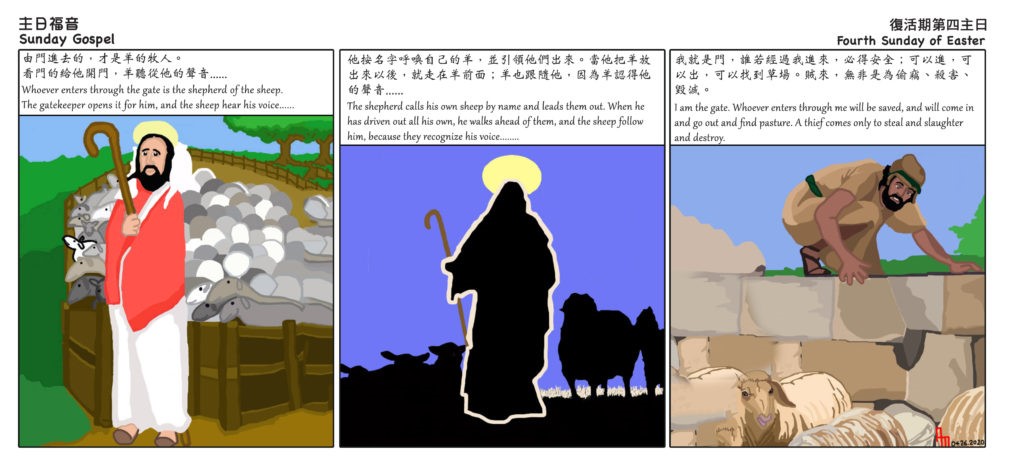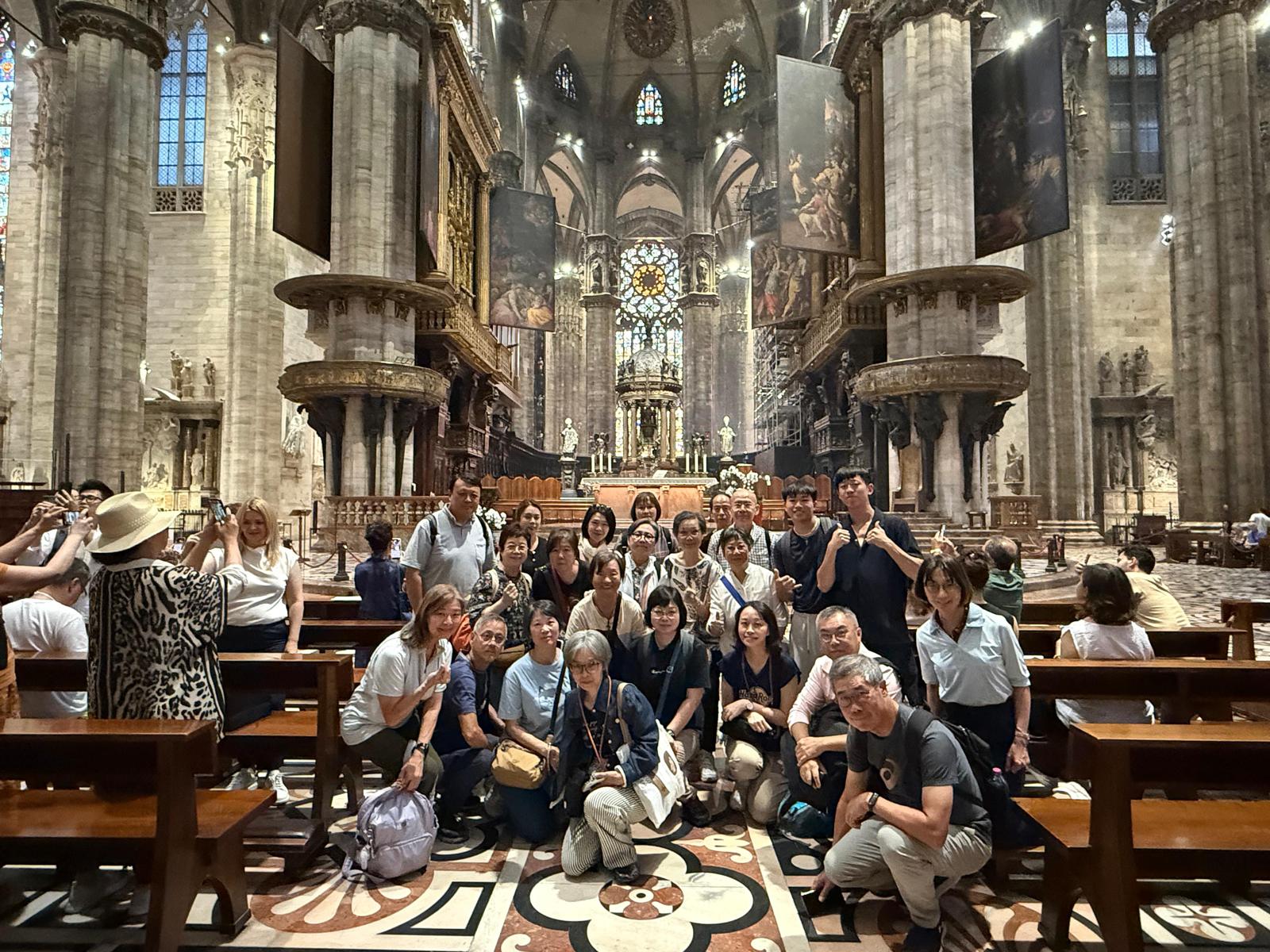- John 10:1-10
– Fernando Armellini
Claretian Publications, Macau
The Fourth Sunday of Easter is called Good Shepherd Sunday. Today, Jesus proclaims: “I am the good shepherd”. Jesus presents himself twice as the door. To this image, others are added: the fence, the thieves and robbers, the guardian and strangers. Who are they? Whom do they represent?
In the region of Jesus, the sheepfold was a pen surrounded by stonewalls on which were placed bundles of thorns. The sheep could be approached only by whoever was allowed to pass. When the shepherd stood at the door, the sheep immediately recognize his step and voice. They follow him because they felt loved and protected; the shepherd had never disappointed nor betrayed them.
Jesus as the door, is the one who decides who can have access to the sheep and who has to stay away from the flock. Who has assimilated his own feelings and provisions in respect of the sheep, who is willing to give his life as he did, can pass and is recognized as a true shepherd. The thieves and bandits are those who came before him.
Thieves were the religious and political leaders of his time who exploited, oppressed and caused all sorts of sufferings to the people. Bandits were revolutionaries who wanted to build a freer and a more just society: they cultivated noble ideals but resorted to wrong methods. They fomented hatred for the enemy, preached the use of violence and proposed the use of weapons. They does not pass through the door.
The shepherd instead comes to give life and life in abundance. Jesus presents himself as the gate also in a sense that only those who pass through him reaches fertile pastures, finds the “bread that satisfies,” and “water welling up to eternal life” and obtains salvation.
Jesus is a narrow gate (Mt 7:14) because he asks for self-denial, selfless love to others, but it’s the only one that leads to life: all the others are traps, pitfalls which lead to the abysses of death: “Broad is the gate that leads to destruction and many go that way.” (Mt 7:13).


 Follow
Follow


